Patrizia Castiglione, Massimo Falcioni, Annick Lesne, Angelo Vulpiani0521895936, 9780521895934, 9780511424298
Table of contents :
Cover……Page 1
Half-title……Page 3
Title……Page 5
Copyright……Page 6
Contents……Page 7
Preface……Page 9
1.1 Deterministic systems……Page 13
1.1.1 Dynamical systems……Page 14
1.1.2 Attractors……Page 17
1.2 Unpredictability: systems with many degrees of freedom……Page 19
1.2.1 Brownian motion……Page 22
1.3 Unpredictability: deterministic chaos……Page 24
1.4 Probabilistic aspects of dynamical systems……Page 28
1.4.1 Ergodicity……Page 31
1.4.2 Mixing……Page 32
1.4.3 Natural measure……Page 34
References……Page 35
2 Dynamical indicators for chaotic systems: Lyapunov exponents, entropies and beyond……Page 36
2.1.1 Characteristic Lyapunov exponents……Page 37
2.1.2 Lyapunov exponents and dimensions……Page 39
2.2.1 Shannon entropy……Page 40
2.2.2 The Kolmogorov–Sinai entropy……Page 44
About the Kolmogorov–Sinai entropy……Page 46
Kolmogorov–Sinai entropy and Lyapunov exponents……Page 48
Extended systems……Page 49
2.2.3 Algorithmic complexity……Page 51
Algorithmic complexity and Lyapunov exponents……Page 54
2.3.1 Characterization of finite-time fluctuations……Page 56
2.3.2 Renyi entropies……Page 59
2.3.3 Growth of non-infinitesimal perturbations……Page 60
2.3.4 The epsilon-entropy……Page 64
References……Page 66
3.1 Characterization of the complexity and system modeling……Page 70
3.1.1 A simple model……Page 71
3.1.2 On the distinction between chaos and noise……Page 73
3.1.3 Macroscopic chaos in globally coupled maps……Page 75
3.1.4 Hydrodynamic Lyapunov modes……Page 78
3.1.5 Other high-dimensional systems: convective chaos……Page 80
3.2 How random is a random number generator?……Page 83
3.2.1 A low-dimensional system with high entropy……Page 85
3.2.2 A system with low entropy and high dimension……Page 86
3.2.3 A system with high entropy and high dimension……Page 88
3.2.4 The problem of the period for systems with discrete states……Page 89
3.3 Lyapunov exponents and complexity in dynamical systems with noise……Page 91
3.3.1 The naive approach: noise treated as a standard function of time……Page 92
3.3.2 An information theory approach……Page 93
3.3.3 Random dynamical systems……Page 96
A toy model: one-dimensional random maps……Page 97
Sandpile models as random maps……Page 98
3.4 Conclusions……Page 100
References……Page 101
4 Foundation of statistical mechanics and dynamical systems……Page 104
4.1.1 Statistical mechanics as a form of statistical inference?……Page 105
4.1.2 From Boltzmann to Birkhoff……Page 106
4.2 Beyond abstract ergodic theory……Page 109
4.2.1 Possibility of ergodicity without metrical indecomposability……Page 111
4.2.2 A note on the ergodic hypothesis……Page 113
4.3 The connection between analytical mechanics and the ergodic problem……Page 115
4.3.1 The great Poincaré result……Page 116
4.3.2 Does non-integrability imply ergodicity?……Page 117
4.4 An unexpected result revitalizes interest in the ergodic problem……Page 118
4.5.1 The KAM theorem……Page 121
4.5.2 A parenthesis on solitons, FPU and KAM……Page 123
4.5.3 Numerical results and physical questions……Page 124
4.6 On the role of chaos in statistical mechanics……Page 126
4.7 Some general remarks……Page 128
References……Page 129
5.1 The problem……Page 132
5.2 Toward the solution……Page 134
About the size of the system……Page 135
About the monitoring of the system……Page 137
The role of the law of large numbers……Page 138
The macrostates……Page 139
5.2.3 A proposal for the solution……Page 141
Quantitative aspects……Page 142
Qualitative considerations: the Boltzmann entropy……Page 146
5.3.2 The Lorentz gas……Page 147
The Boltzmann equation and the H-theorem……Page 148
The objections of Loschmidt and of Zermelo……Page 150
The Boltzmann–Grad limit and the Lanford theorem……Page 151
5.4.1 Boltzmann and Gibbs entropies: their evolutions……Page 152
5.4.2 About N……Page 154
5.4.3 On chaos and irreversibility……Page 157
5.4.4 Some general conclusions……Page 159
References……Page 160
6 The role of chaos in non-equilibrium statistical mechanics……Page 162
6.1.1 A brief overview of basic facts about the Gibbs entropy……Page 164
6.1.2 Remarks and numerical results……Page 167
6.2.1 A brief overview of basic facts……Page 171
6.2.2 Looking for the differences: the Boltzmann entropy of a chaotic system……Page 174
6.2.3 Comments and interpretations……Page 178
6.3 Fluctuation-response relation and chaos……Page 179
6.3.1 A derivation of the fluctuation-response relation……Page 181
6.3.2 Remarks on van Kampen’s objection and the connections between the fluctuation-response relation and chaos……Page 184
6.4.1 Diffusion in deterministic non-chaotic systems……Page 186
6.4.2 Heat transport in chaotic and non-chaotic systems……Page 190
6.5 Remarks and perspectives……Page 192
References……Page 194
7 Coarse-graining equations in complex systems……Page 197
7.1 A short parenthesis: secular terms and multiscale analysis……Page 199
7.2 From molecular level to Brownian motion……Page 201
7.2.1 How to derive the Smoluchowski equation from the Kramers equation with a multiscale approach……Page 205
7.2.2 Some conceptual and technical remarks……Page 209
7.3 Diffusion at large scale and eddy diffusivity……Page 210
7.4 The adiabatic piston: a system between the microscopic and macroscopic realms……Page 215
7.4.1 About the kinetic hierarchy and Kramers–Moyal expansion……Page 217
7.4.2 The time evolution of the piston……Page 218
7.4.3 Different temporal regimes……Page 220
7.5 Remarks and perspectives……Page 222
7.5.1 Chapman–Enskog and multiple time scale method……Page 223
7.5.2 On standard and anomalous diffusion……Page 224
7.5.3 Remarks and perspectives on the piston problem……Page 226
References……Page 227
8 Renormalization-group approaches……Page 229
8.1.1 Renormalization-group philosophy……Page 230
8.1.2 Renormalization transformations……Page 231
8.2 Renormalization groups to cure singular perturbation expansions……Page 232
8.2.1 Lindstedt method of strained parameters……Page 233
8.2.2 Renormalization group alternative to the multiscale approach: an example……Page 234
8.2.3 Perturbative renormalization groups……Page 236
8.3 A multiscale and constructive approach to capture critical behavior……Page 237
8.3.1 Scaling theories and critical exponents……Page 238
8.3.2 Iterated coarse graining and renormalization-group transformation……Page 240
8.3.3 The renormalization group time analog: the example of scenarios to chaos……Page 243
8.4.1 Asymptotic analysis and structural stability……Page 248
8.4.2 Green’s function approach and general RG equations……Page 249
8.4.3 Renormalization-group derivation of hydrodynamics from the Boltzmann equation……Page 251
8.5.1 Statistical laws……Page 255
8.5.2 Coarse graining random variable sequences……Page 257
8.5.3 Renormalization-group derivation of the central limit theorem……Page 259
8.5.4 Stable laws and associated limit theorems……Page 261
8.5.5 Renormalization-group analysis of the hierarchical model……Page 263
8.5.6 Limit theorems for correlated variables……Page 267
8.5.7 From lattice random walks to the Wiener process using the renormalization group……Page 270
8.5.8 A statistical view of criticality and anomalous diffusion……Page 272
8.6 Conclusions and perspectives……Page 274
References……Page 276
Index……Page 278
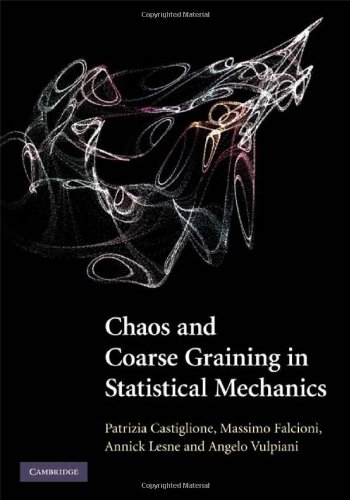

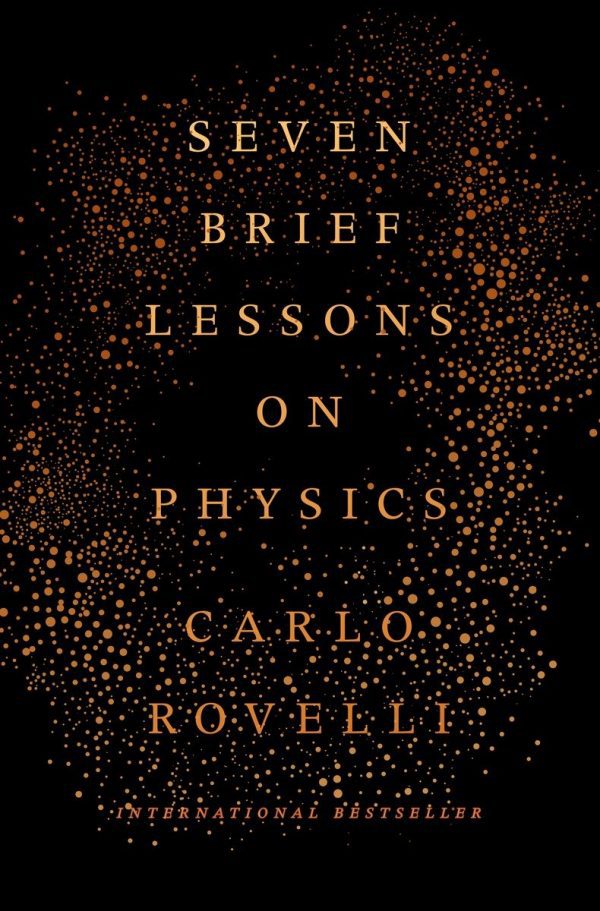
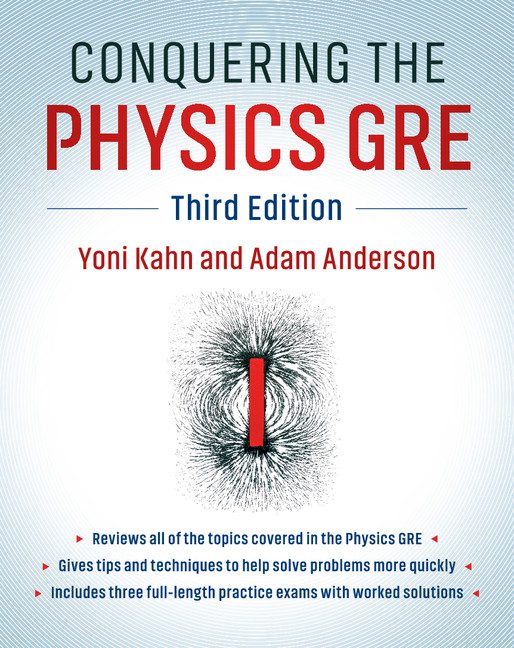
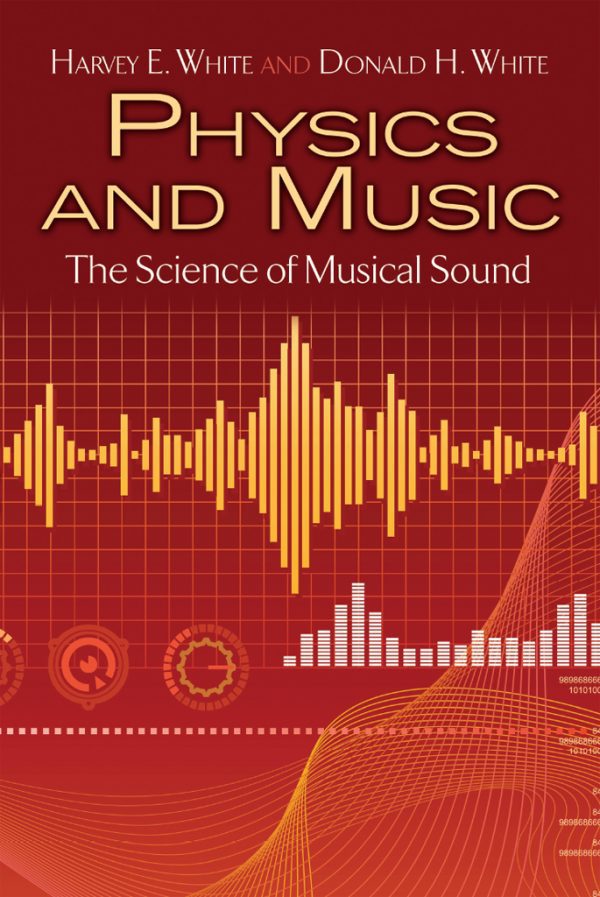

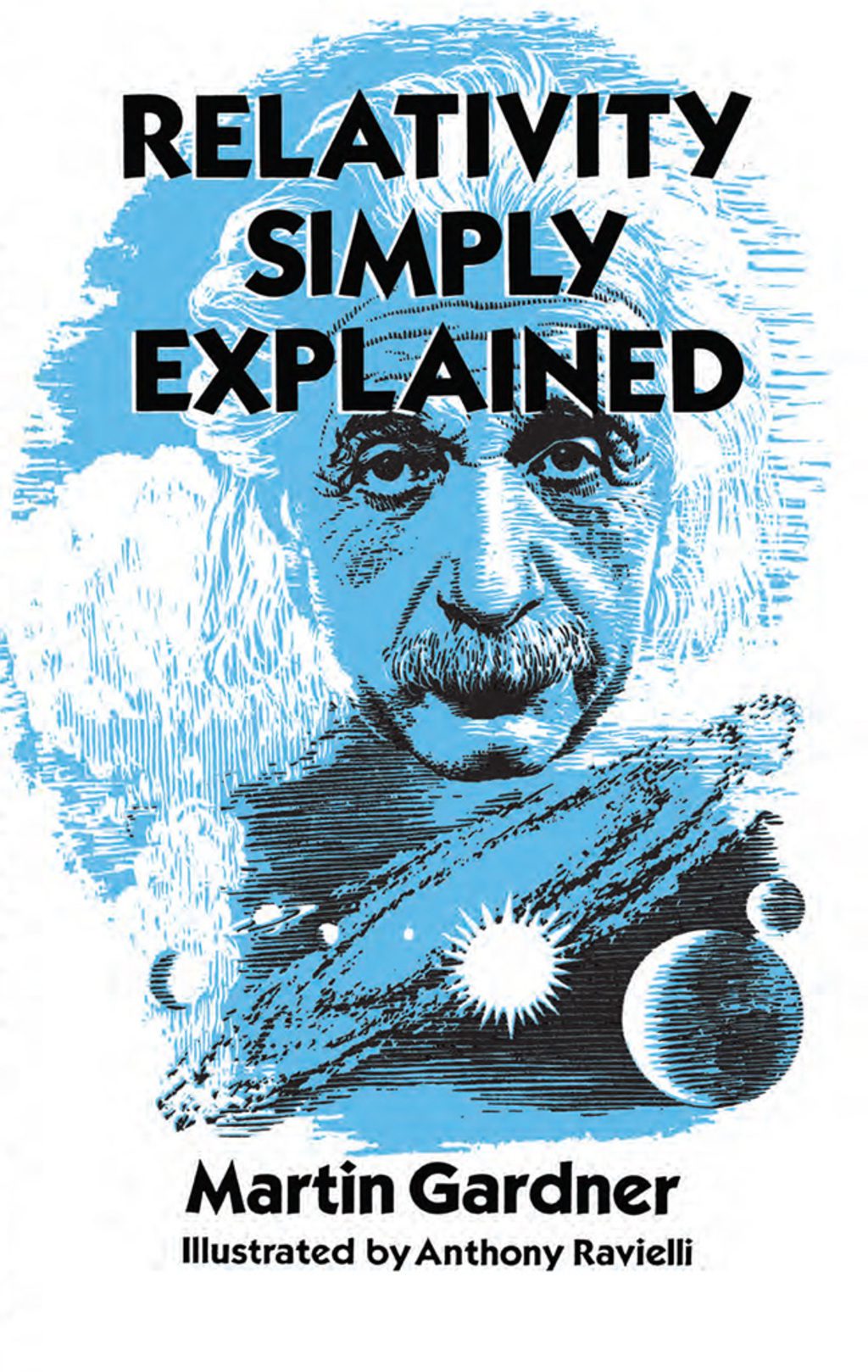
Reviews
There are no reviews yet.